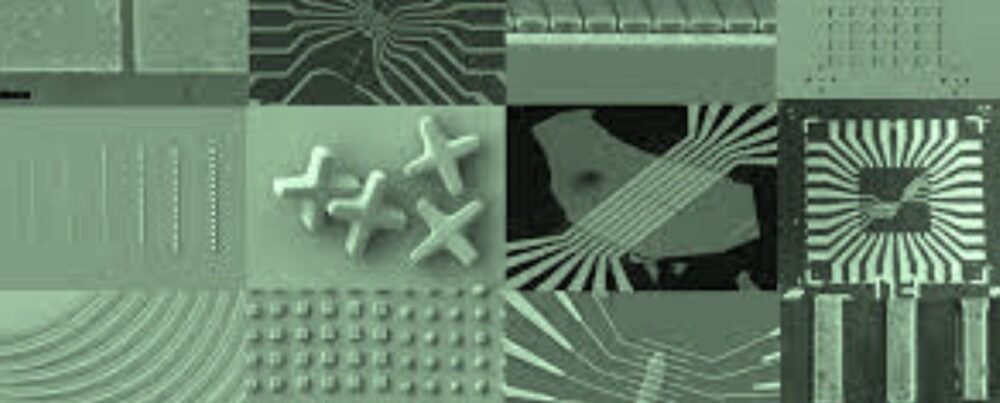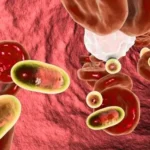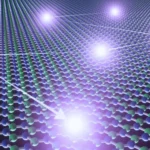Nanofabrication stands at the cutting edge of science and technology, enabling the creation of structures and devices at the nanometer scale. This revolutionary field, a marriage of nanotechnology and manufacturing, has transformative implications for numerous industries, from electronics and medicine to materials science and beyond. In this comprehensive exploration, we embark on a journey into the world of nanofabrication, uncovering its significance, diverse applications, and the profound impact it holds for the future.
The Significance of Nanofabrication
Nanofabrication transcends conventional manufacturing methods, offering precise control at atomic and molecular levels.
Precision Engineering at the Nanoscale
It is synonymous with precision. It allows scientists and engineers to manipulate matter accurately, positioning atoms and molecules with nanometer-scale precision. This unprecedented control opens the door to creating materials and structures with tailored properties and functions.
Miniaturization and Beyond
The ability to create structures and devices at the nanoscale is transformative. It has led to the miniaturization of electronics, the development of advanced sensors, and the creation of materials with exceptional properties. It has a cascading effect, impacting industries as diverse as healthcare, electronics, and energy.
Techniques in Nanofabrication
Nanofabrication relies on a repertoire of techniques, each tailored to specific applications.
Photolithography
Photolithography is a foundational technique akin to printing at the nanoscale. It uses light to transfer patterns onto a substrate, enabling the creation of intricate structures on semiconductor wafers. This technique underpins the semiconductor industry and drives the development of smaller, more powerful electronic devices.
Electron Beam Lithography
Electron beam lithography employs focused electron beams to draw patterns with nanoscale precision. It enables the creation of intricate nanostructures and is essential for nanoelectronics, photonics, and materials science research.
Chemical Vapor Deposition (CVD)
CVD is a versatile technique for growing thin films and coatings on substrates. It is vital in manufacturing semiconductors, producing protective coatings, and creating advanced materials with tailored properties.
DNA Nanotechnology
DNA nanotechnology is an emerging field that leverages DNA molecules’ self-assembly properties. By designing sequences of DNA strands, researchers can program them to assemble into desired nanostructures. This technique holds promise for drug delivery, molecular computing, and nanoscale construction applications.
Applications of Nanofabrication
The applications of nanofabrication are wide-ranging, promising innovations across various industries.
Electronics and Semiconductor Industry
Nanofabrication is the cornerstone of the semiconductor industry, enabling the production of ever-smaller and more powerful microchips. These advancements drive the development of smartphones, computers, and many electronic devices that permeate modern life.
Medicine and Healthcare
It plays a critical role in medicine, facilitating the creation of nanoscale drug delivery systems, diagnostic devices, and tissue-engineering scaffolds. It offers targeted drug delivery, early disease detection, and regenerative therapies, revolutionizing healthcare.
Materials Science
Nanofabrication engineers exceptional-property materials. These materials, including lightweight and ultra-strong ones and those with unique electrical and optical properties, have applications in aerospace, automotive, and renewable energy technologies.
Energy and Environment
It contributes to energy-efficient technologies, such as advanced photovoltaics and batteries. Nanoscale materials are also used in environmental remediation to capture pollutants and contaminants from water and air.
Challenges and Ethical Considerations
The journey of nanofabrication is not without its challenges and ethical considerations, demanding careful consideration.
Cost and Accessibility
The high cost associated with nanofabrication equipment and processes can be a barrier to access. Ensuring that the benefits of nanofabrication reach a wider audience necessitates efforts to reduce costs and enhance accessibility, democratizing this transformative technology.
Environmental Impact
Its environmental footprint, including the processes involved and waste materials disposal, demands scrutiny. Developing sustainable practices and responsibly managing nanomaterials are imperative to mitigate adverse environmental effects.
Ethical Use of Nanotechnology
The continued advancement of nanofabrication underscores the importance of ethical considerations. Privacy, security, and the potential misuse of nanotechnology, particularly in surveillance and data collection, require stringent ethical guidelines and regulations to ensure the responsible development and application of nanofabrication technologies.
The Future of Nanofabrication
Nanofabrication holds the key to transformative advances across numerous fields, with boundless possibilities on the horizon.
Nanoscale Manufacturing
The future of nanofabrication will likely witness the development of nanoscale manufacturing techniques that can be integrated into industrial processes. It will enable the mass production of nanoscale devices and materials, opening new frontiers in technology and industry.
Nanomedicine
It will continue to underpin the growth of nanomedicine, facilitating the creation of increasingly sophisticated drug delivery systems, diagnostic devices, and regenerative therapies. Its precision will redefine the boundaries of healthcare, enabling treatments that are not just tailored to individual patients but delivered with unprecedented accuracy.
Sustainable Technologies
It is crucial in developing sustainable technologies, from energy-efficient materials to environmental remediation solutions. It promises to address pressing global challenges, such as climate change and resource depletion.
Conclusion
Nanofabrication is not just a scientific discipline; it is the architect of the future. Its significance extends beyond its ability to manipulate matter at the nanoscale; it shapes the landscape of technology, industry, and healthcare. As nanofabrication continues to evolve, we must navigate its development with ethical considerations, sustainability, and accessibility in mind. The future of this field is ablaze with possibilities. Manipulating matter at the atomic and molecular levels reshapes our world. It is the harbinger of a new era, where the seemingly impossible becomes achievable, atom by atom.










